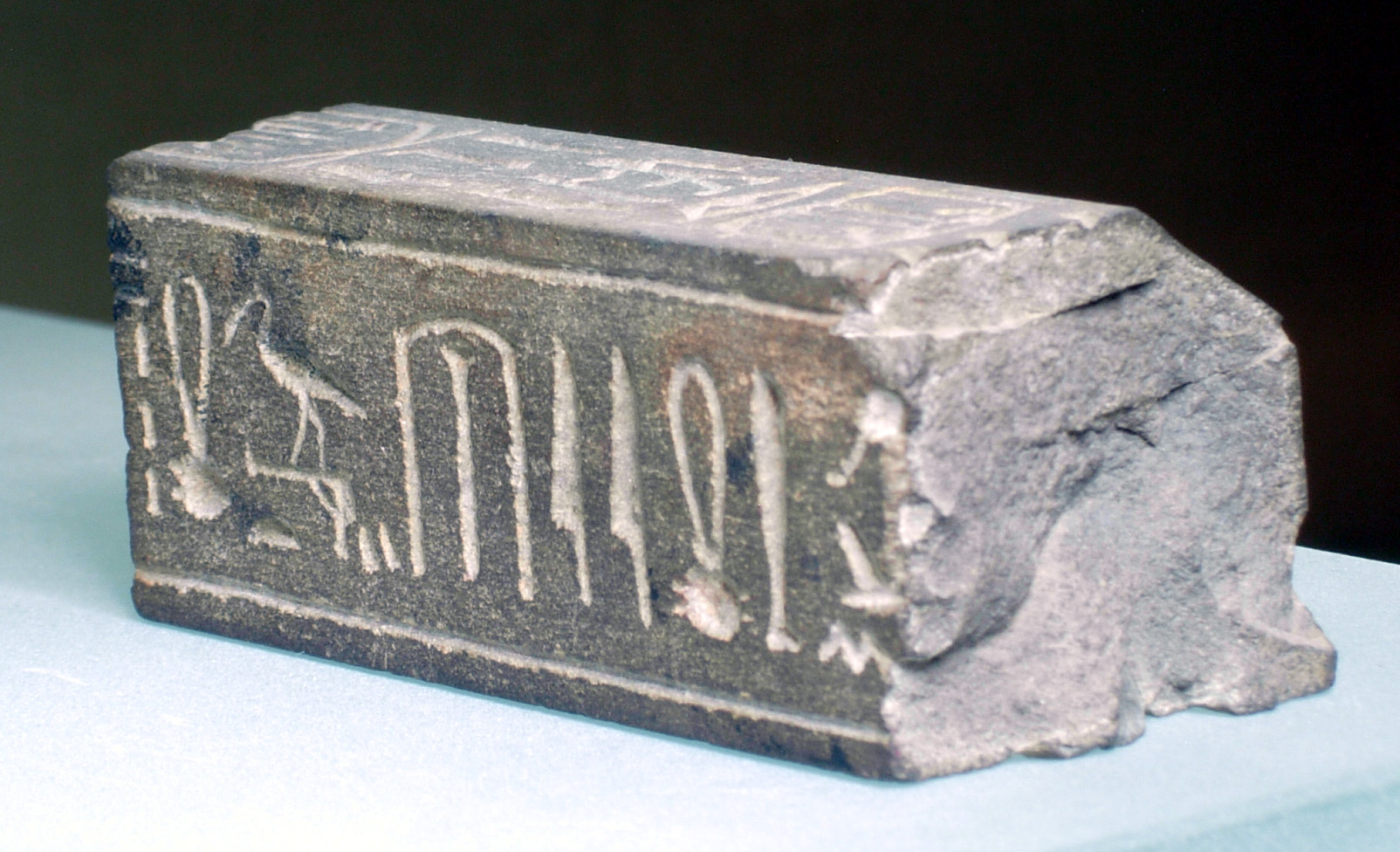Recognizing Artifacts
What makes something an artifact? Reflect on the nature and use of artifacts in the past and present.
Teacher Tips!
Many activities have a teacher view and a student view, and teachers can switch between those views by clicking the blue button in the upper-right. Students will not see this option - only teacher accounts see both views. The teacher view will start with overview text, if available, to frame the activity and get you started. This view will also have teacher tips and suggested answers to student questions spread throughout the activity. The teacher text interleaved with student-facing text will be in italics and should appear as a different color on your screen. Teacher tips are designed to help you deliver a learning experience that is best suited for your classroom.
Printing Reminder
Whichever view you see on your screen is what will print. You can print this activity without teacher tips by selecting the student view, or print with teacher tips by switching to teacher view. Simply use the standard print function available for your web browser. No extra steps are required.
Resource Title:
Recognizing Artifacts
Curriculum Collection:
NIST: Universal Constants, Introduction
Description:
Students reflect on the nature and use of artifacts.
Target Grade Level:
Grades 8-12
Discipline or Course:
Physical Science
Time Frame:
30 minutes
Suggested Grouping:
Individual
Key Vocabulary:
- Artifact
- Standard
- Constant
Educator Prep:
No extra preparation is required.
Students should have watched the Introductory Video.
STUDENT CONTENT BELOW
If you’ve heard the word artifact, it may have been on a museum tour or in a movie about a famous archeologist. It usually refers to an old object that provides evidence of something important. In more general terms, it is “an object against which others are compared.” The range of things that might be considered artifacts is very broad. Something that preserves the structure or history of any endeavor might be an artifact, and might be used to compare changes over time. Or an artifact might be a specific object or quantity at one place on Earth that can be compared to others in other spaces.
A time capsule is filled with artifacts. Consider these examples of common things today. For each one, think about how the object itself might change over time. Then think about how it might compare to future objects in the same category. Finally, think about what we could learn by maintaining the artifact.
Object |
How would it change over time? |
How would other objects compare? |
What could we learn? |
|
A shirt from a rock concert |
|||
|
A menu from a fast food restaurant |
|||
|
A core sample from a concrete structure |
|||
|
Fossil bones from a victim of an ecological disaster |
|||
|
A collection of toys |
When measurements were first used by human societies, traders might have operated on “common wisdom” — a certain measure was “about that big.” But as trade moved beyond the immediate community, it was necessary for the traders to have very firm standards to use to compare. These standards might be considered artifacts because they were maintained as both tools and history. When a dispute arose, the opponents looked to the artifact to resolve their arguments.
There are a number of problems with using physical artifacts for standards. The multiple separate artifacts might not match one another. They might erode or change over time, like the image of a broken cubit measurement standard. Many remarkable and useful artifacts have been created over thousands of years of human history, but they’ve never been perfect.
Watch this segment from The Last Artifact:
Think about the issues raised in this activity and in the video.
- How did humans find agreement on measurement standards in the past? Word of mouth, cultural memory, community agreements, or dictates from authorities.
- How do humans come to agreement on measurement standards today? Agencies like NIST represent governments or groups.
- What problems in today’s science and technology rely on extremely precise and accurate measurements? While these answers will vary, they should focus on manufacturing and research, especially the development of advanced scientific models.



